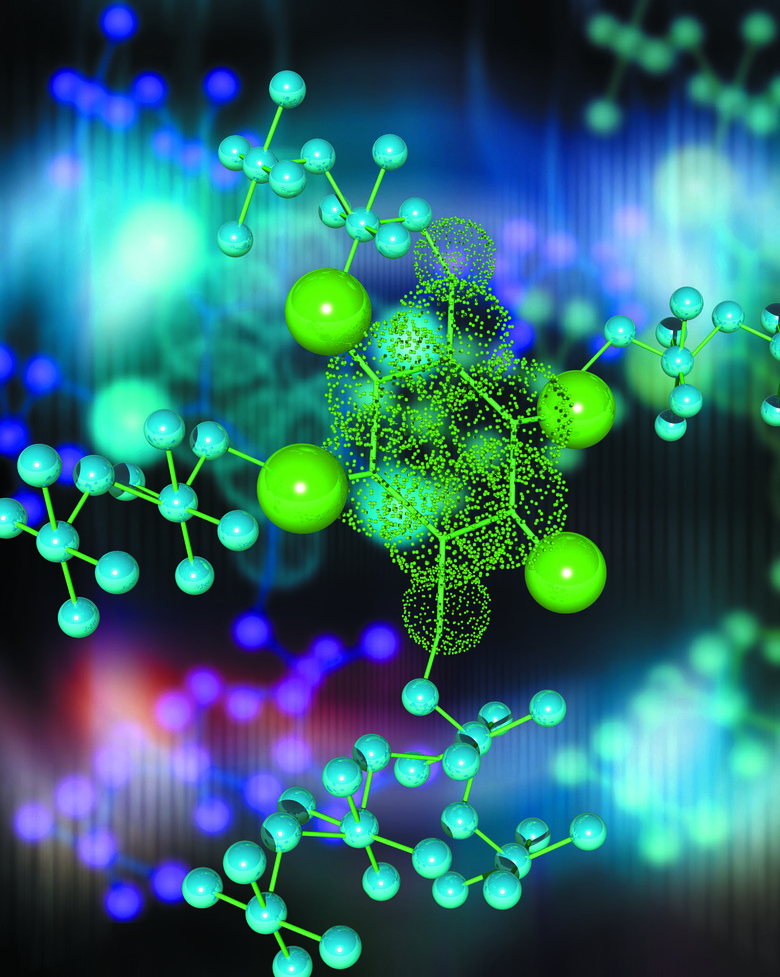What Are Two Major Characteristics Of A Molecular Compound?
Chemical compounds are created when two molecules join together because of a chemical reaction, and these compounds come in two distinct forms: ionic and molecular. These types of compounds contain many structural differences and properties that distinguish them from one another, but two of the most basic are the types of bonds that hold them together, and their abilities to conduct heat or electricity.
Covalent Bonds
Covalent Bonds
When molecules join together to form compounds, they do so by having their atoms bond chemically to one another. Molecular compounds form with covalent bonds, which share electrons, and the mutual attraction for the shared electrons holds the molecules together. Ionic compounds, conversely, don't share electrons; they transfer them from one atom to another.
Poor Conductivity
Poor Conductivity
Another major characteristic of molecular compounds is that they do not conduct electricity or heat well at all. However, ionic compounds, when melted, will conduct both heat and electricity quite well.
Cite This Article
MLA
Cascio, Christopher. "What Are Two Major Characteristics Of A Molecular Compound?" sciencing.com, https://www.sciencing.com/two-major-characteristics-molecular-compound-12437/. 24 April 2017.
APA
Cascio, Christopher. (2017, April 24). What Are Two Major Characteristics Of A Molecular Compound?. sciencing.com. Retrieved from https://www.sciencing.com/two-major-characteristics-molecular-compound-12437/
Chicago
Cascio, Christopher. What Are Two Major Characteristics Of A Molecular Compound? last modified August 30, 2022. https://www.sciencing.com/two-major-characteristics-molecular-compound-12437/
